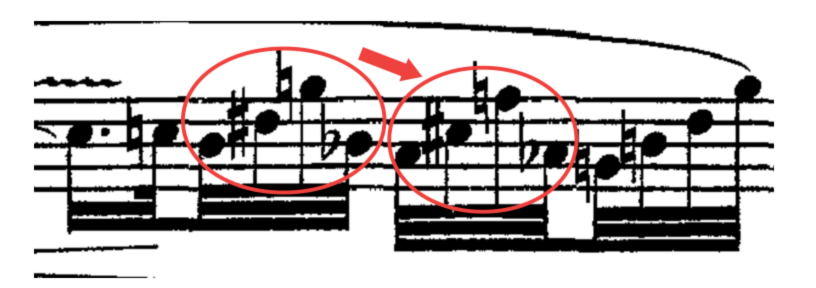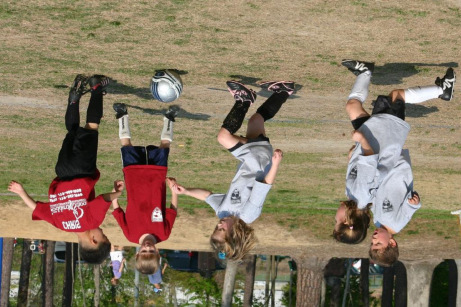Structural Supervision Improves Few-Shot Learning and Syntactic Generalization in Neural Language Models
Ethan Wilcox, Peng Qian, Richard Futrell, Ryosuke Kohita, Roger Levy, Miguel Ballesteros
Linguistic Theories, Cognitive Modeling and Psycholinguistics Long Paper

You can open the pre-recorded video in a separate window.
Abstract:
Humans can learn structural properties about a word from minimal experience, and deploy their learned syntactic representations uniformly in different grammatical contexts. We assess the ability of modern neural language models to reproduce this behavior in English and evaluate the effect of structural supervision on learning outcomes. First, we assess few-shot learning capabilities by developing controlled experiments that probe models' syntactic nominal number and verbal argument structure generalizations for tokens seen as few as two times during training. Second, we assess invariance properties of learned representation: the ability of a model to transfer syntactic generalizations from a base context (e.g., a simple declarative active-voice sentence) to a transformed context (e.g., an interrogative sentence). We test four models trained on the same dataset: an n-gram baseline, an LSTM, and two LSTM-variants trained with explicit structural supervision. We find that in most cases, the neural models are able to induce the proper syntactic generalizations after minimal exposure, often from just two examples during training, and that the two structurally supervised models generalize more accurately than the LSTM model. All neural models are able to leverage information learned in base contexts to drive expectations in transformed contexts, indicating that they have learned some invariance properties of syntax.
NOTE: Video may display a random order of authors.
Correct author list is at the top of this page.
Connected Papers in EMNLP2020
Similar Papers
SLM: Learning a Discourse Language Representation with Sentence Unshuffling
Haejun Lee, Drew A. Hudson, Kangwook Lee, Christopher D. Manning,

Learning Music Helps You Read: Using Transfer to Study Linguistic Structure in Language Models
Isabel Papadimitriou, Dan Jurafsky,

ALICE: Active Learning with Contrastive Natural Language Explanations
Weixin Liang, James Zou, Zhou Yu,

